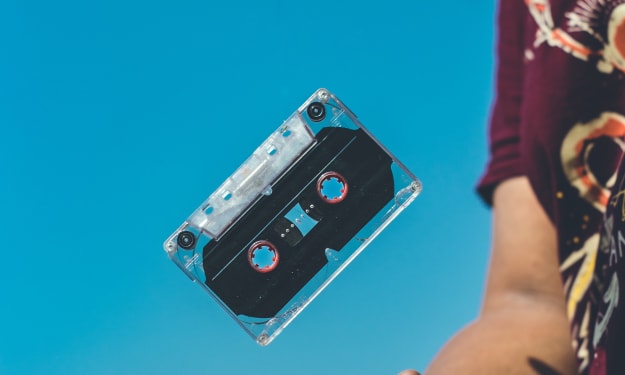Weave Tales
An article that speaks about the origin of African Hair

“Don’t Touch my Hair”
I’m sure we’ve all heard this term before.
But, raise a hand if you can deconstruct the reasoning behind this phrase.
While blatantly proclaiming this comment to my peers, I know that there was a time, when even I couldn't.
You see, both the physical appearance and stereotypical portrayal of human beings from ethnic minority backgrounds has been inordinately degrading over the years, through both the socio-economic construction of society and the detrimental, obstructive outlook on ethnic individuals from cultural backgrounds.
Due to the extremely wounding, disadvantageous conditions that the previous generation of black individuals had to face due to the ancestral betrayal of others as a consequence of white privilege, an identity loss had clearly been established in the 1900s.
Therefore, during the post colonialism period, the black nation slowly began to see clothing, hair, textiles and interiors as a form of individualistic expression. As these ethnic minorities were suddenly thrown into their newfound way of living, instantaneously demanded to blend in, and somehow imitate the sudden unfamiliar normality laced within the walls of white supremacy, they attended organisations that provided them with a sense of unity in the midst of adversity, such as church, taking interest in the way in which they presented themselves through their physical appearance, as it portrayed a form of their new found identity after being released from the bondages of slavery.
The concept of culture to me forcases the intense element of self identity, portraying the both visual and mental process in which an individual showcases their inner values, beliefs and moral codes based on their personal perception of the world around them.
You see, we as black individuals didn’t have the original individualistic perception.
And what we didn’t have, we had to take.
Or, we had to build, create or mould.
I believe that our self identity was manufactured through the construction of enslavement, our building package assembled through the forging of ancestral blood, sweat, death and tears of the fallen due to the captivity of bondage.
You see, according to the YouTube Documentary by Sarah Kahunde Hub, historically known, in the 1900s, during slavery, African women would observe their surroundings, building maps with their braids, marking roads, escape routes, trails and mountains. These hairstyles became escape route codes that helped the enslaved to be free.
This is a portrayal of the conceptual reasoning behind the invaluable, pretentious entanglement behind the impenetrable process of hair weaving.
Ruth Terry, a Black American freelancer, according to her personal website, ruthwrites.org, believes ‘weave’ to be an example of primordial textile art, weave being a form behind the craftsmanship of costume design in itself, often used in magazine covers.
You see, weave even has relevance to social hierarchies, proving significance to the ‘Pencil Test’, which breaks down how this was a 1900s method of assessing whether an individual had afro textured hair, pushing a pencil through their weave.
You see, how easily the pencil was retrieved decided whether a person had passed the test, the test being used to determine the racial identity of ethnic minorities.
Notice my repetitive term, ‘you see’?
Irritated yet, probably assuming the undiversified term was placed for witticism or comedic purposes?
No, I need you to see how hair separates us by texture, colour and racial classification, which we know as a socialist construct, though it's also the very thing that brings us together, to cause our universal society to finally melt away the strains of white fragility, infused through decades of endless torture, and posession of black bodies, and accept the immersion of black empoverment, influence and newfound style through physical appearance.
The process of hair weaving is extremely relevant when it comes to the development of the construction of cultural costume design over the decades, as it led to the creations of African designers such as Sonya Clark, who has formulated her costume art by being known for using a variety of materials including human hair and combs to address race, class and history, designing her clothes as a form of visual cultural art.
Hair has been shown in various films and television as a form of connection, as even youthful television movies such as Rapunzel, braiding her hair is her only means of connecting with other people. There's tension in the weave itself, it's both singular and collective.
My interviewee portrayed an intensive viewpoint in regards to the socio-political perspective of cultural fashion and hairstyles. “Black people use physical appearance to appear more elevated, and hairstyles allow us to feel engaged within our cultural roots”.
Weave is known for retaining cold quality, being both unprocessed and organic, both beautiful and threatening, having severe links to the negative representations of African people such as ‘angry’ and ‘tough’.
‘When you find hair in a sink, it can be a marker of presence, even when the person is no longer there’
Ruth Terry
References:
www.deserts.com





Comments
There are no comments for this story
Be the first to respond and start the conversation.